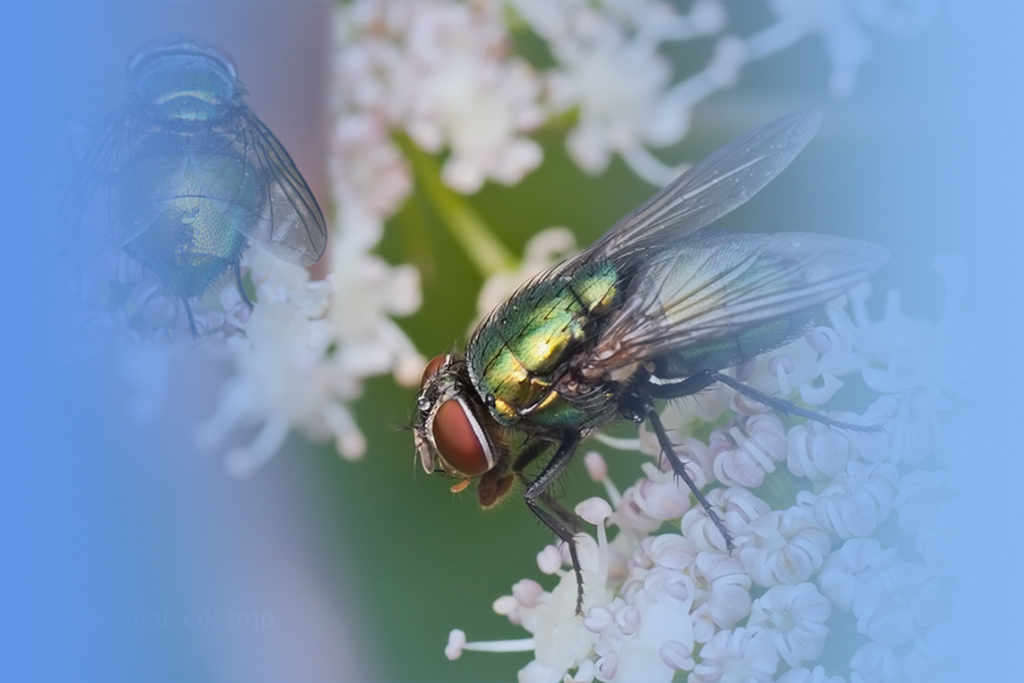CHEN Chuan-wei, GUO Yu-hong, SUN Chong-xiu, REN Dong-sheng, ZHU Li, LIU Xiang, LUO Yun-dong, SHEN Yang, LIU Jing-li, LIU Xiao-bo, LI Gui-chang, LIU Qi-yong
Objective To decide the predominant mosquito species in Yongcheng city, and their natural occurrence, density, seasonal fluctuation, and habitat distribution. The results will guide the vector management in this area. Methods Light-trapped method was used twice a month in three towns which lies in different direction in Yongcheng area. Dwellings, houses premises, and livestocks were selected as the surveillance sites in each town. Excel 2007 and SPSS 20.0 were used for data analysis. Results The total mosquito number obtained in 2010 were 20 684 with the average density 34.08/(trap·night). Culex tritaeniorhynchus took up to 54.12%, which was the predominent species. The mosquito density in livestocks was 50.58/(trap·night) which was the highest; the mosquito density around dwellings and their premises had no significant difference. Mosquito density showed statistical significance in 3 surveillance habitats (F=74.450, P<0.01). Mosquito density began to increase in July, reach a small peak activity in late July, and reached the highest peak activity in September, followed a decline in October. The mosquito density in Renhu and Mengzhuang villages reached the peak in early September, showed a unimodal peak activity. Renhu had the highest mosquito density. Three towns showed statistically significant differences in mosquito species and their density (χ2=2 033.097, P<0.01). Conclusion The distribution of mosquitoes in Yongcheng city varied according to habitat and village characteristics, then the mosquito prevention and control work should be based on the mosquito distribution in different habit, different village, and seasonal performance by species in this area.



